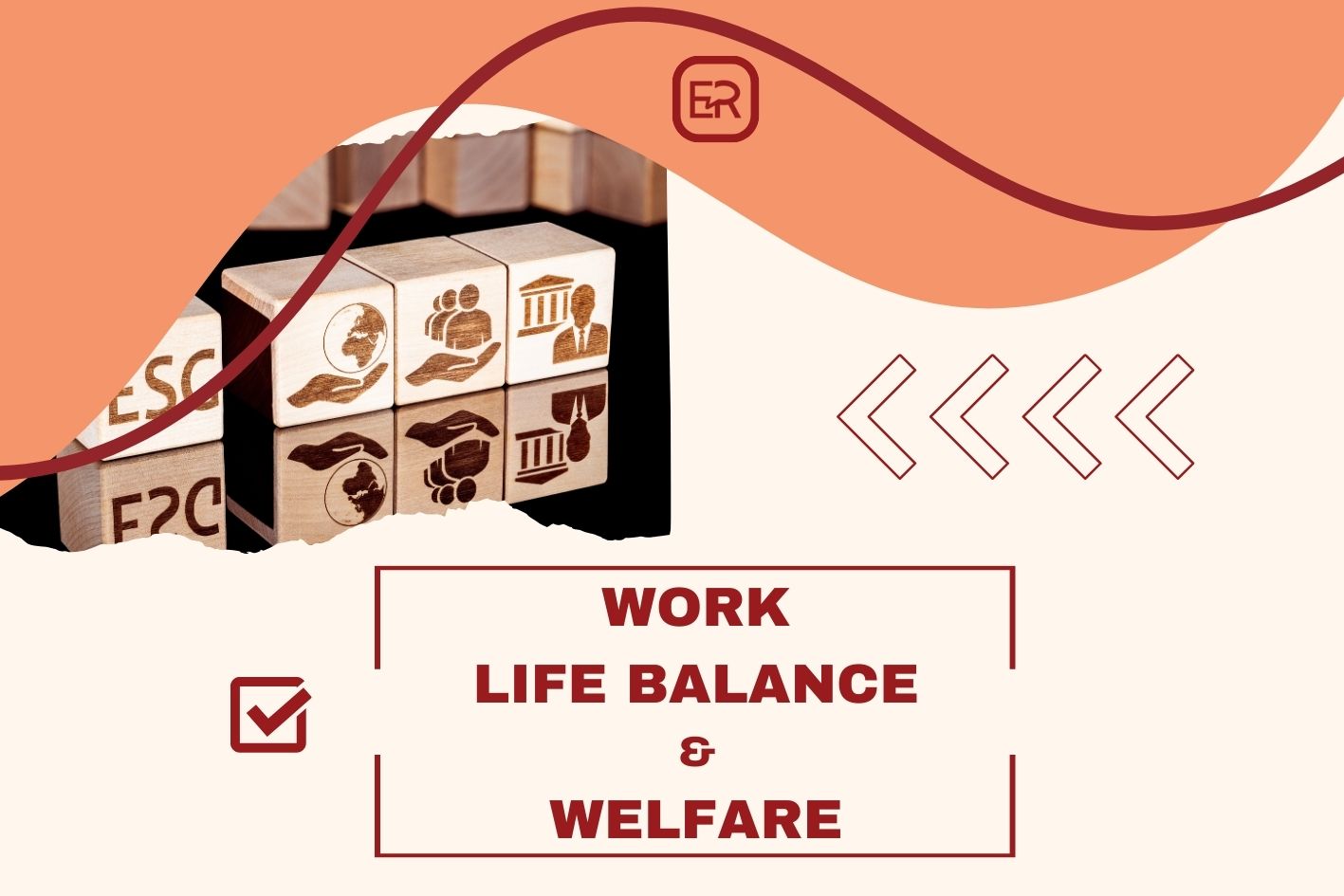
19 May 2024 Corporate welfare and well-being
The activation of corporate welfare measures and wellbeing at work that promote the work-life balance of employees is one way in which the company can communicate its listening to the organisation's internal needs, its own focus on people's well-being and, more generally, a sensitivity towards a better quality of life.
New corporate welfare measures

One of the data that emerged in the VII Censis-Eudaimon Report (Italian) regarding "Corporate Welfare and the Challenge of New Work Values" published on 21 February 2024, indicates that in companies, 89.2% of workersacross occupational location, gender, age and educational qualification, shares the desire to be heard, considered and recognised.
A high percentage indicates the presence of a widespread and generalised malaise on which it would be good to try to dwell to take countermeasures with specific improvement programmes and plans.
The first step in developing wellbeing and corporate welfare programmes that express this listening and caring is detect needs and expectations of employees, through surveys, interviews or focus groups.
Subsequently, the measures taken by the company through its welfare policies should reflect the way in which the company intends to enabling employees to give their best.
The 7th Censis-Eudaimon Report also highlights how the most important thing for people is freeing up work time to devote to other activities to achieve a better work-life balance.
It is therefore on this, first of all, that the company should act to retain and motivate people at work.
What corporate work-life balance possible
Work-life balance in the company calls for the careful initiation of organisational processes that favour quality rather than quantity work and reduce waste, including of time, in unproductive and unhelpful activities.
It means organising work not to work less but to work better. It means freeing up time to devote to what best meets one's needs by trying to integrate rather than exclude.
It is only recently that some companies have started testing different organisational models and proposing policies to favour the work-life balance of their employees, distributing workloads differently, increasing daily working hours to optimise time, making use of multi-purpose and shared activities and work processes.

Corporate Wellbeing: organisational changes in the use of time
Some large Italian companies have recently been experimenting with some changes in the organisation of working time and these concern:
- the hourly flexibilitywith a choice of starting and finishing times, compatible with the company's needs;
- the adoption of remote working (agile working), with tools necessary to work remotely effectively in whole or in part, and with the right to disconnect whereby one does not have to answer work-related emails or phone calls;
- additional longer paid parental leave than those provided for by law and/or the possibility of taking flexible leave, e.g. to care for a sick family member;
- the subdivision of the working time over 4 days instead of five;
- the organisation of shifts and work teams with the periodic rotation of employees between different positions or tasksto favour a broad acquisition of skills and to ensure continuity in the performance of work regardless of the presence of the specific resource.
Well-being and coaching for work
The measures specifically concerning the corporate wellbeing and support for problems in the working environment also includes the activity of individual and team coaching.
Coaching as a measure of development, support and accompaniment covers topics such as:
- communication, collaboration and cohesion in work teams,
- the organisation and coordination of collaborators in the team
- the development of skills and growth in the role,
- the development of decision-making,
- facilitation of changes and transitions, including in the case of reintegration of female workers after maternity leave or communication between generations.
Corporate welfare and customisable types of benefits for individual well-being
Launching a welfare plan cannot be improvised and there are different points of attention to be considered.
For example, established communication methods and a budget with reference to the benefit services to be chosen, the number of employees and the expected level of participation.
The management of tax and contribution administration aspects, and details regarding possible employee co-participation.
The welfare services most frequently activated for employees in the past concerned: crèches and company gyms, the promotion of health and wellness initiatives or other awareness programmes, and health plans.
However, today, also thanks to specific tax regulations and increased communication by companies specialising in corporate welfare, the initiatives concerning the flexible benefitsi.e. virtual money in the form of services and benefits that serve as income support tools.
As the data in the table from the previously mentioned survey show, there is an increasing need to initiate more flexible and customised welfare measures on the specific needs of employees.

These data underline how not only the presence but also the personalisation of welfare measures are relevant elements in the involvement and attraction of employees.
Conclusion: corporate welfare is also a strategic investment
In conclusion, work-life balance is an increasingly important factor that benefits both individuals and companies.
Initiating corporate welfare and well-being measures requires careful evaluation of financial and also organisational resources without forgetting that the attention to the presence of these company measures is increasingly high and appreciated by younger employees when assessing interest in a company. This is a sign of a decisive socio-cultural transition taking place, which should not be overlooked.
Even from the data collected through the 7th Censis-Eudaimon Report on Corporate Welfare, it is now clear that the adoption of policies favouring work-life balance is not only a necessity but also brings benefits to companies as employees are more focused, motivated and productive, with an impact on turnover rates and productivity.
Therefore, welfare and wellbeing are strategic investments in employee engagement and involvement.
To explore these issues and initiate a corporate welfare plan
You may also be interested in
